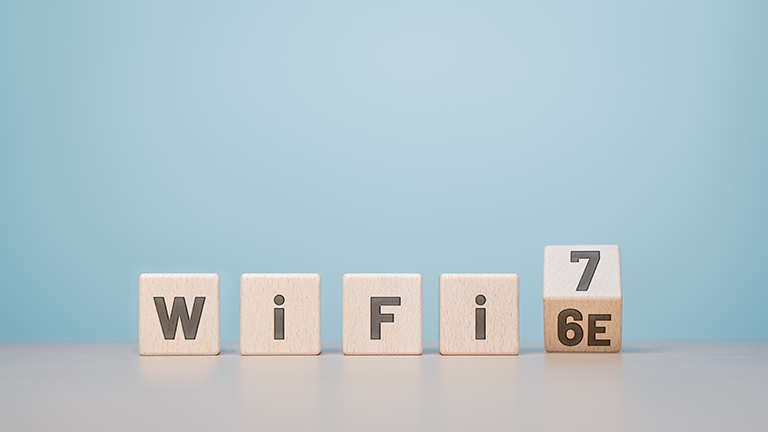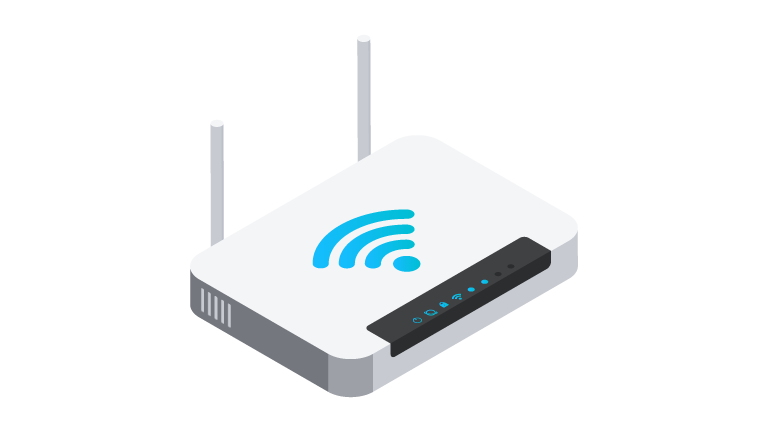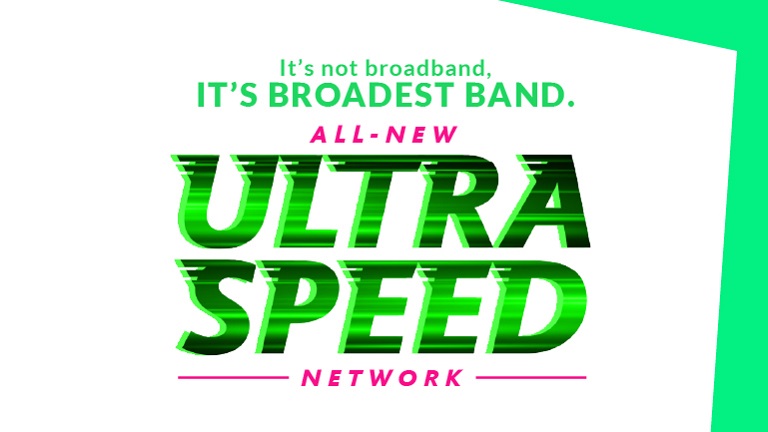10Gbps Fibre Broadband: XGS-PON vs GPON
Next-gen 10Gbps fibre broadband is now available in Singapore, and here's why StarHub's UltraSpeed Network is the best way to experience it.
In today’s digital world, fast, reliable internet is more than just a luxury - it’s a necessity. Whether you’re streaming your favorite shows in 8K, working from home, gaming online, or managing a smart home, your internet connection needs to keep up with the demands. That’s where StarHub’s UltraSpeed 10Gbps broadband comes in. It’s built to handle all your high-speed needs with ease, providing an ultra-smooth experience across every device in your home.
But what does 10Gbps really mean for you? And how does it compare to the more common broadband technologies available today? This guide will break it all down, from the benefits of upgrading to 10Gbps to the technology that makes it possible.
⚡️ What's 10Gbps Broadband & How Fast is it?
10Gbps stands for 10 gigabits per second, which is the amount of data that can be transferred per second. To put this into perspective:
- 1 gigabit (Gb) = 1,000 megabits (Mb)
- 10 gigabits (Gb) = 10,000 megabits (Mb)
Here’s a comparison of what you can expect with 1Gbps, 2.5Gbps and 10Gbps internet speeds:
| Task | 1Gbps | 2.5Gbps | 10Gbps |
| Download a 50GB 4K Movie | ~7 minutes | ~3 minutes |
~1 minute |
| Download a 100GB Video Game | ~1 hour | ~30 minutes | ~5 minutes |
| Download 1000 High-Res Photos | ~1.5 minutes | ~40 seconds | ~8 minutes |
| Upload a 10GB File | ~8 minutes | ~3 minutes | ~1 minutes |
| Stream 8K Video | Buffering | Smooth | Smooth |
Who benefits most from 10Gbps Broadband?
A 10Gbps connection isn’t just about speed - it’s about performance and efficiency. Here’s how different types of users benefit:
- 🎮 Gamers: Reduced ping and latency, plus rapid game downloads and updates.
- 🎬 Content Creators: Seamless 4K/8K video uploads and real-time cloud collaboration.
- 🏡 Smart Homes: Smooth integration of security cameras, IoT devices, and automation.
- 👨👩👧👦 Large Households: Multiple 4K streams, cloud backups, and video calls without slowdowns.
- 💼 Remote Workers: Reliable, fast uploads and stable video conferencing.
If your household has multiple users and high-bandwidth activities, upgrading to 10Gbps ensures you’re future-proofed for years to come.
🚀 The Tech behind 10Gbps: XG(S)-PON
So, what powers the UltraSpeed Network?
The answer is XG(S)-PON - short for 10 Gigabit Symmetric Passive Optical Network.
Let’s break it down:
- The “X” stands for 10 (referring to 10 Gigabits per second).
- The “G” means Gigabit.
- The “S” stands for Symmetrical, meaning both upload and download speeds can reach an impressive 10Gbps.
🆚 XG(S)-PON vs. XG-PON vs. GPON
When it comes to broadband connections, the difference between XG(S)-PON, XG-PON, and GPON can have a big impact on your internet experience. These are all fiber-optic technologies, but they vary in speed, performance, and cost.
Compared to GPON, XG(S)-PON delivers faster speeds and lower latency, which means less lag and faster downloads and uploads. The maximum data rates per PON port are 10/2.5 Gbps for XG-PON and 10/10 Gbps for XG(S)-PON. That’s a huge leap from GPON’s slower speeds.
| XG(S)-PON | XG-PON | GPON | |
| Max Download Speed (Gbps) | 10 Gbps | 10 Gbps | 2.5 Gbps |
| Max Upload Speed (Gbps) | 10 Gbps | 2.5 Gbps | 1.25 Gbps |
| Offers Symmetrical Speeds? | ✅Yes | ❌No | ❌No |
💡 Why does this matter to you?
- XG(S)-PON offers symmetrical speeds, meaning the download and upload speeds are the same, both up to 10Gbps. This makes a big difference if you’re doing things like video conferencing, uploading large files, or gaming online, as your connection is balanced and fast in both directions.
- XG-PON offers 10Gbps download speeds but only 2.5Gbps upload, so while you can enjoy super-fast downloads, upload speeds are more limited.
- GPON, the older standard, offers slower speeds - 2.5Gbps download and 1.25Gbps upload - which can feel sluggish in comparison.
Think of it like upgrading from a two-lane street (GPON) to a ten-lane expressway (XG(S)-PON). The bigger, faster road allows you to get where you’re going faster, even with more cars on the road. This means no more buffering while streaming your favorite shows, no more lag during online meetings, and quicker file uploads.
Common myths about 10Gbps
❌ “I don’t need 10Gbps; I only browse the web.”
✅ Even basic browsing benefits from lower latency and faster loading times.
❌ “Only businesses need this speed.”
✅ Even households benefit from faster broadband due to the rise of smart home devices, remote work, and cloud gaming. With 10Gbps, you can support multiple users and devices without lag.
❌ “Will my WiFi instantly run at 10Gbps?”
✅ Not without the right equipment. To experience 10Gbps speeds, you’ll need a compatible router, high-speed cables, and devices that support those speeds.
What do You need to set up 10Gbps Broadband?
To fully experience 10Gbps broadband, you'll need the right equipment to support these ultra-fast speeds. Here’s what you need to maximize performance:
✅ 10Gbps-Compatible Router – A standard router won’t cut it. Ensure you have a 10Gbps-capable router to handle high-speed data transmission.
✅ High-Speed Ethernet Cables – For the best wired connection, use Cat6a or Cat7 Ethernet cables. Older cables like Cat5 may slow down your speeds. If you’re using WiFi, you can connect straight out of the box, but a wired connection will deliver the best performance.
✅ Compatible Devices – Not all devices can handle 10Gbps speeds. For optimal performance, use a desktop with an SSD and a built-in 10Gbps Ethernet port, such as the Apple Mac Studio. PC users can achieve similar speeds with an external Thunderbolt 2 10Gb adapter or a customized setup from brands like Aftershock. You may also need to upgrade your network adapter or install a 10Gbps network interface card (NIC).
✅ 10Gbps Network Switch (If Needed) – If you’re using a network switch to connect multiple devices, make sure it’s 10Gbps-rated to prevent speed bottlenecks.
Need help setting up? Don’t worry - our team of HubTroopers is here to assist you every step of the way, from choosing the right equipment to getting everything up and running.
Future-Proof Your Internet with 10Gbps
Between faster data transfers, smoother online experiences and higher efficiency across the board for all sorts of different digital tasks, the short answer is yes
Considering our growing reliance on today’s smart devices and digital content as a whole, the average household might soon need far more bandwidth than what our existing subscriptions can comfortably accommodate.
Yet, regardless of which broadband option you choose, rest assured you’ll be in great hands with StarHub and the UltraSpeed Network. We’re continuously working to bring you even better and smoother experiences for you and your loved ones, and we hope this guide has cleared up most of the questions you might have had on the topic.
If you’d like to take a closer look at any of the aforementioned products, feel free to stop by our UltraSpeed page.
Related Articles

5Gbps Broadband: Balancing Speed and Value


What Is Wi-Fi 7? All You Need to Know


ONR vs ONT: Comparing Optical Network Routers & Terminals



 Back
Back




